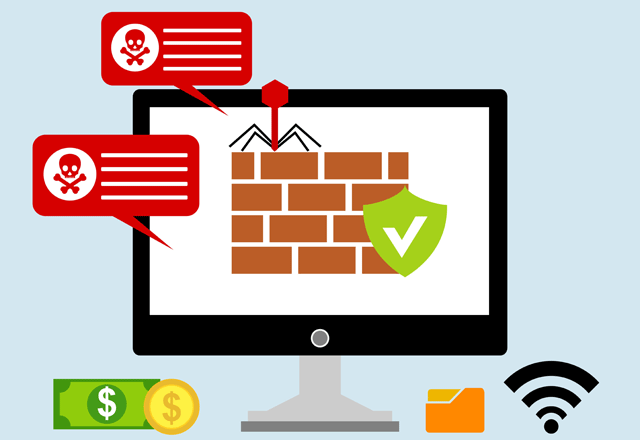Ransomware: What Startrack does?
- Startrack Data Recovery Services examines the infection first and finds the type of Ransomware.
- We analyse the behaviour of the Ransomware.
- Try using the available decryption tools for the particular Ransomware.
- If the current decryption tools fail to remove Ransomware, our technicians use Hex analysis.
- We use our global partners for tech analysis for complex encryptions.
- If decryption is not possible, check possible data restore from a backup.
- Startrack provides instructions and tools to guard against future attacks.
